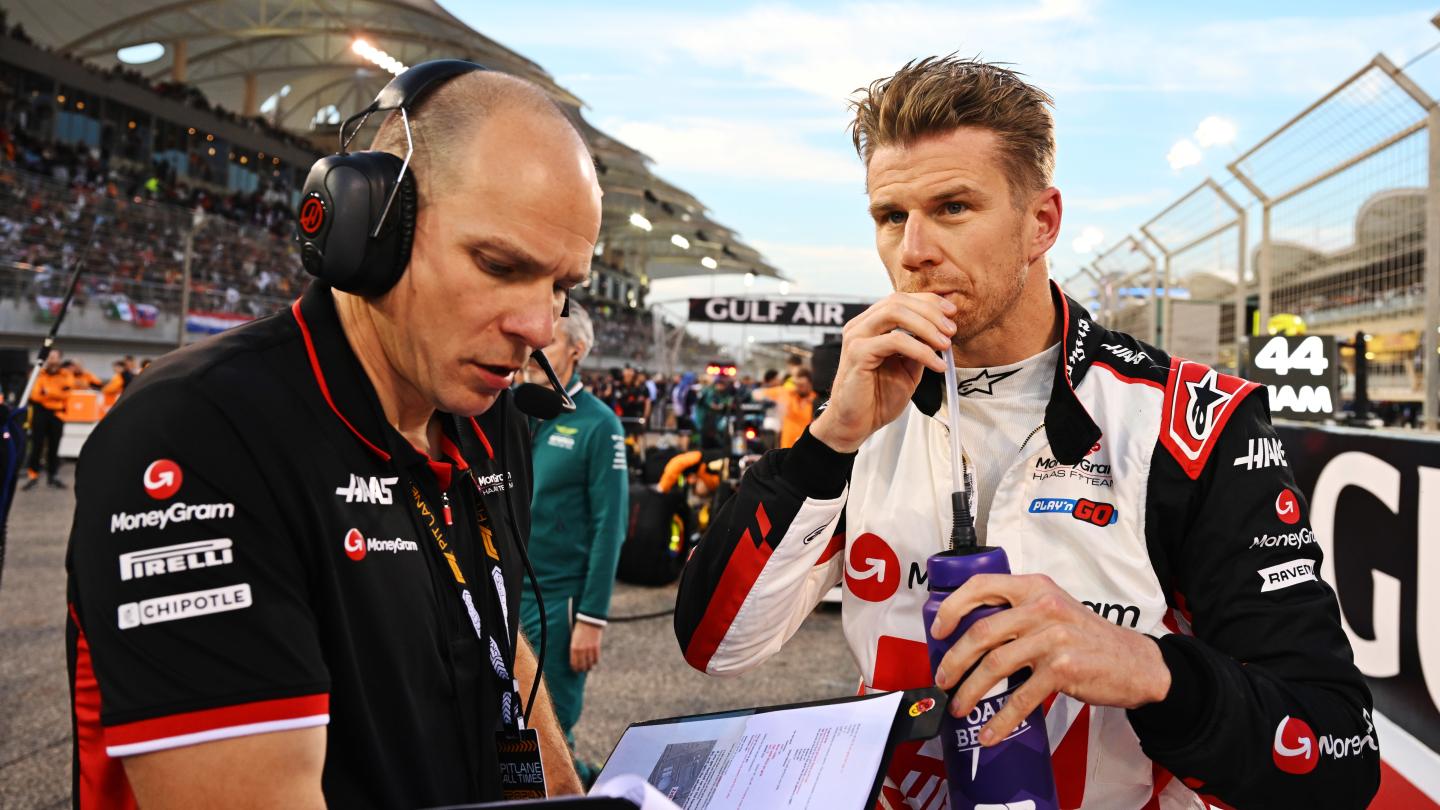Insight: Why is Qatar such a challenge for teams and drivers?
November 28, 2024
Cast your minds back to October 8, 2023. If you’re as big of an F1 fan as we are, you’ll remember the scenes after the Qatar Grand Prix last season; a driver having to retire due to the heat, other drivers throwing up, and the majority of the grid admitting it was the toughest race of their career.
MoneyGram Haas F1 Team visits the Lusail International Circuit nearly two months later this year, with temperatures expected to be much cooler. One characteristic that hasn’t changed is the demanding nature of the circuit, more akin to two-wheeled races than four. We caught up with Gary Gannon, Senior Race Engineer for Nico Hulkenberg, to learn more about its unique challenges.![]()
“It’s a different race compared to others. First of all, because it's very unfamiliar to us and we’d only raced there once before, now twice. In terms of the circuit itself, it’s the smoothest of the year, so it allows us to push a lot of limits in areas like ride height. We can get the car very low – but then, if you recall last year, it had a unique curb that was causing trouble for tires and cars. The circuit itself is unique, the tarmac and how we can push the set-up, but then also the limitations of it, the tires are being worked so severely at this circuit, that we uncovered a new weakness that forced them to change the circuit last year.
“The circuit is very high-speed and pushes the cars to their limit in terms of performance, and also the driver’s performance. So, the ingredients of ambient temperature, a very smooth circuit, it being a night race, and of course an F1 Sprint event, it all makes it very challenging. We also lack historical data of what to expect, so going for a third time we’re building that, but we don’t know if there are any other changes to expect. For example, when we go to Austin each year, we know it’s going to get bumpier and bumpier, or the European circuits we know very well, so Qatar really challenges us.![]()
“The track also gets very sandy, so the track conditions are challenging at the beginning of the weekend, but then improves massively throughout, so that’s another factor we have to build into our expectations. We have to do a lot more anticipating of track changes because we don’t have this big database we can use to predict how the track is going to evolve. The other thing is that, because the track is so open, which is not unique to only Qatar, it’s very wind susceptible. When the wind direction changes, it can require a very different set-up from corner to corner, which makes it a challenge. Predicting through the weekend how everything is going to go in terms of track grip and wind makes it additionally challenging. On top of that, because of the circuit layout, everything is on its performance limit – the tires, aero performance, the car, the drivers, everything.”